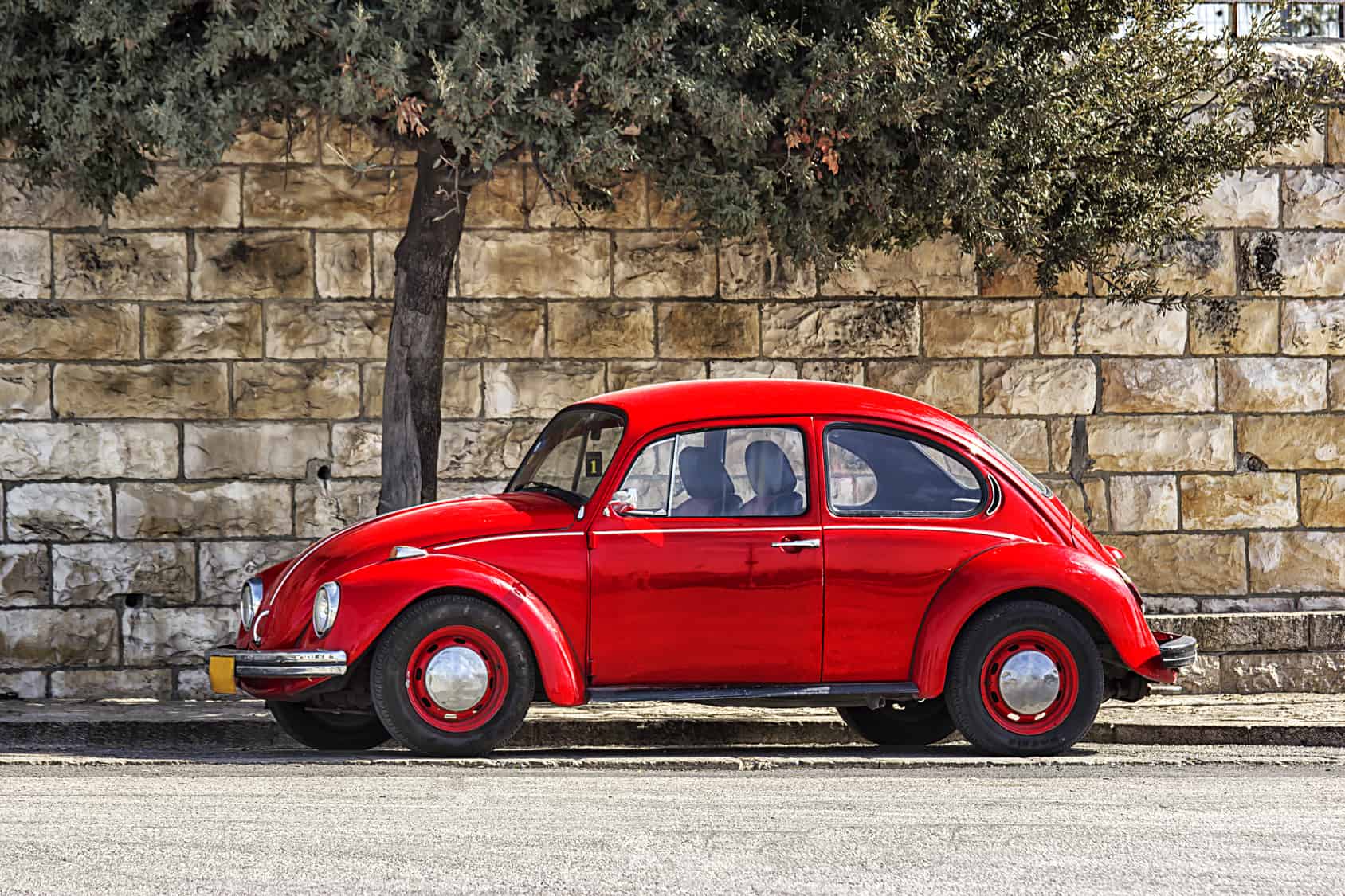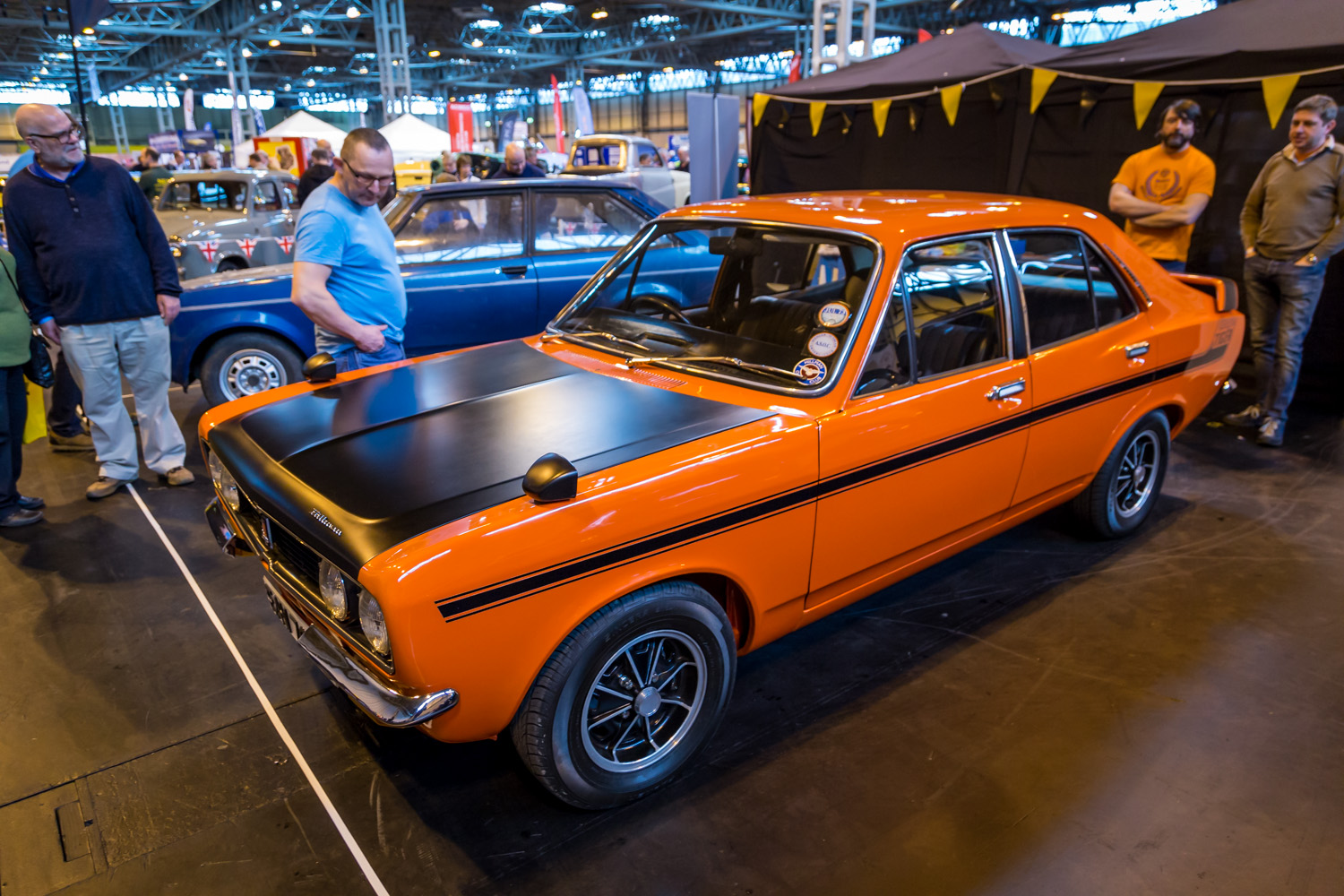Restoration of classic cars is a captivating endeavor that combines technical expertise, historical appreciation, and a deep-seated passion for preserving automotive treasures. This comprehensive guide delves into the intricate world of classic car restoration, offering a behind-the-scenes look at the meticulous processes and rewarding challenges that make this pursuit so alluring.
From the meticulous disassembly and inspection to the painstaking reassembly and finishing touches, every step of the restoration journey is a testament to the dedication and craftsmanship of those who breathe new life into these automotive icons.
Comprehensive Guide to Classic Car Restoration
Embarking on the restoration of a classic car is a journey that intertwines history, passion, and craftsmanship. It is a labor of love that demands meticulous attention to detail, an understanding of the car’s unique character, and a deep respect for its legacy.
This comprehensive guide will delve into the intricacies of classic car restoration, providing a detailed overview of the process, from the initial planning stages to the final finishing touches. We will explore the challenges and rewards of restoring a classic car, highlighting the importance of preserving its historical authenticity while incorporating modern technology.
Planning and Preparation
The restoration process begins with meticulous planning and preparation. This involves gathering detailed information about the car’s history, original specifications, and any modifications that have been made over the years.
- Thoroughly research the car’s make, model, and year to determine its original configuration.
- Consult with experts, such as historians or restorers, to gain insights into the car’s history and any unique features.
- Gather documentation, such as owner’s manuals, service records, and photographs, to guide the restoration process.
Restoring Specific Classic Car Models: Restoration Of Classic Cars
Restoring classic cars is a rewarding endeavor that requires meticulous attention to detail and a deep understanding of the specific model being restored. Iconic classic car models, such as the Ford Mustang, Chevrolet Corvette, and Jaguar E-Type, each present unique challenges and considerations during restoration.
The Ford Mustang, a quintessential American muscle car, demands careful sourcing of original parts to maintain its authenticity. Restorers must pay particular attention to the engine, transmission, and suspension components to ensure optimal performance and handling.
Chevrolet Corvette
Restoring the Chevrolet Corvette, a timeless sports car, requires a keen eye for detail and a thorough knowledge of its intricate design. The Corvette’s fiberglass body panels and unique interior require specialized expertise to repair and restore to their original condition.
Jaguar E-Type
The Jaguar E-Type, an iconic British sports car, presents a different set of challenges during restoration. Its sleek aluminum body and complex mechanical systems require highly skilled craftsmen to ensure proper fit and finish. Sourcing rare parts and maintaining originality are crucial aspects of restoring this automotive masterpiece.
Case studies of successful restorations showcase the transformative power of preserving these automotive treasures. From meticulously restored Ford Mustangs to pristine Chevrolet Corvettes and elegant Jaguar E-Types, each restoration is a testament to the passion and dedication of classic car enthusiasts.
The Art of Engine Rebuilding
Rebuilding a classic car engine is a meticulous and rewarding process that requires a deep understanding of mechanics, a keen eye for detail, and a passion for preserving automotive history. It involves meticulously disassembling, inspecting, machining, and assembling the engine to restore it to its original glory or even enhance its performance.
The journey begins with a thorough disassembly of the engine, carefully separating each component and meticulously inspecting them for wear, damage, or defects. Critical components like the crankshaft, camshaft, and pistons are meticulously measured and assessed to determine the extent of necessary repairs or replacements.
Machining and Precision
Once the engine is disassembled, the individual components undergo precision machining to restore them to their original specifications or enhance their performance. The crankshaft is ground to eliminate any imperfections, the cylinder bores are honed to create a smooth and precise surface for the pistons, and the valve seats are resurfaced to ensure a perfect seal.
Quality Parts and Craftsmanship
The choice of replacement parts is crucial for the success of an engine rebuild. Using high-quality components ensures durability, reliability, and optimal performance. Pistons, rings, bearings, and gaskets should meet or exceed the original equipment specifications, and their installation must be executed with precision and care.
Balancing and Blueprinting
Balancing the rotating assembly, including the crankshaft, flywheel, and pistons, is essential for smooth engine operation and reduced vibration. Blueprinting involves meticulously measuring and adjusting the clearances between components to optimize performance and longevity.
Dyno Testing and Refinement, Restoration of classic cars
Once the engine is reassembled, it undergoes dyno testing to evaluate its performance and identify any potential issues. This allows for fine-tuning of the ignition timing, fuel mixture, and other parameters to maximize power output and efficiency.
Concluding Remarks
Whether it’s a beloved family heirloom or a rare automotive gem, the restoration of a classic car is a labor of love that transcends the mere act of repairing. It is a journey of preserving history, celebrating automotive artistry, and creating a tangible connection to the past that will continue to inspire generations to come.
Question Bank
What are the key challenges in classic car restoration?
Sourcing rare parts, maintaining originality while incorporating modern technology, and ensuring the highest levels of craftsmanship and attention to detail.
How can I find a reputable classic car restoration shop?
Seek recommendations from car clubs, attend industry events, and thoroughly research the shop’s experience, reputation, and customer reviews.
What is the estimated cost of restoring a classic car?
Costs vary widely depending on the make, model, condition of the car, and the extent of the restoration. It’s essential to obtain a detailed estimate from a reputable shop.


